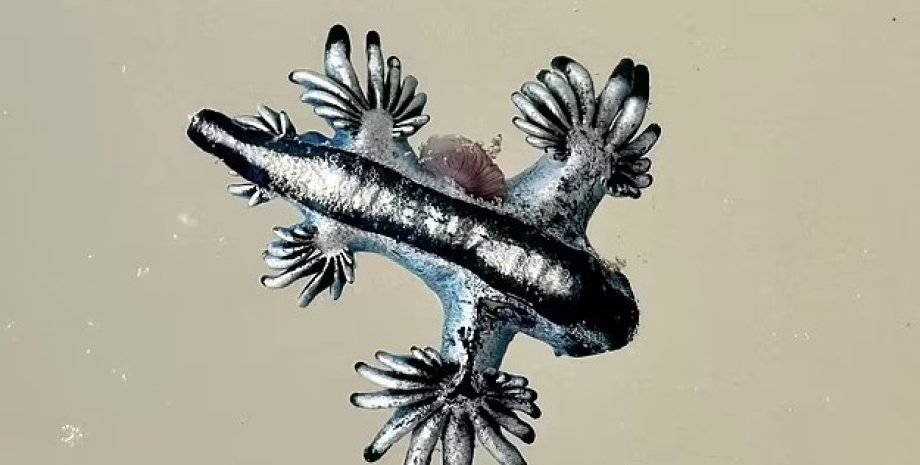
Unusual creatures feed on the toxins of the Portuguese ship, or Portuguese Man O 'War - animals similar to a jellyfish. Due to the number of poisonous blue dragons thrown into the coast, the local authorities made a statement where she warned holidaymakers and locals not to approach the blue toxic creature. In focus. Technology has appeared its Telegram channel.
Subscribe not to miss the latest and most intrusive news from the world of science! According to the defender of the maritime environment, from the research institute of research of Hart, Hart Jace Tannell, if the blue dragon feels the threat or touch of a person, he can release pity cells with "stronger bites" than the Portuguese ship he feeds.
Researchers believe that a crowd of blue dragons on Texas beaches is likely to be associated with the strong southeastern winds of the coming spring, which have already flooded Texas beaches with toxic creatures. Scientists warn that the wave of wind has just begun, and therefore creatures can become even more in the near future. Despite the incredibly bright color of bright blue dragons, it is extremely difficult to detect. The sea snails usually reach about 2.
5 centimeters long, and their bright color harmonizes with the blue of the ocean and the sky, which makes these toxic creatures "masking masters". According to Tannel, if you are not lucky to touch the blue dragon, you will probably face a severe pain that will last about an hour. The victims can also feel nausea and feelings that needles scratch the skin.
Scientists say that painful toxins inside the blue dragon, also known as the snail Glaucus atlanticus, occur as a result of its parasitic nutrition of another toxic marine animal - a Portuguese ship. It is known that blue dragons are not susceptible to the toxins of Portuguese ships, and therefore collect this substance for their own self -defense - the more it accumulates, the higher the concentrations of the poison and the more painful attack will be more painful.
It is assumed that the climate change in the Gulf of Mexico is predicted by the more powerful megaragans of the sixth category. Earlier, intense winds have also blown toxic animals on the coast, but now, according to scientists, their appearance will become mass. However, not all researchers associate so many toxic animals with climate change, some believe that this is nothing more than a seasonal phenomenon.










All rights reserved IN-Ukraine.info - 2022